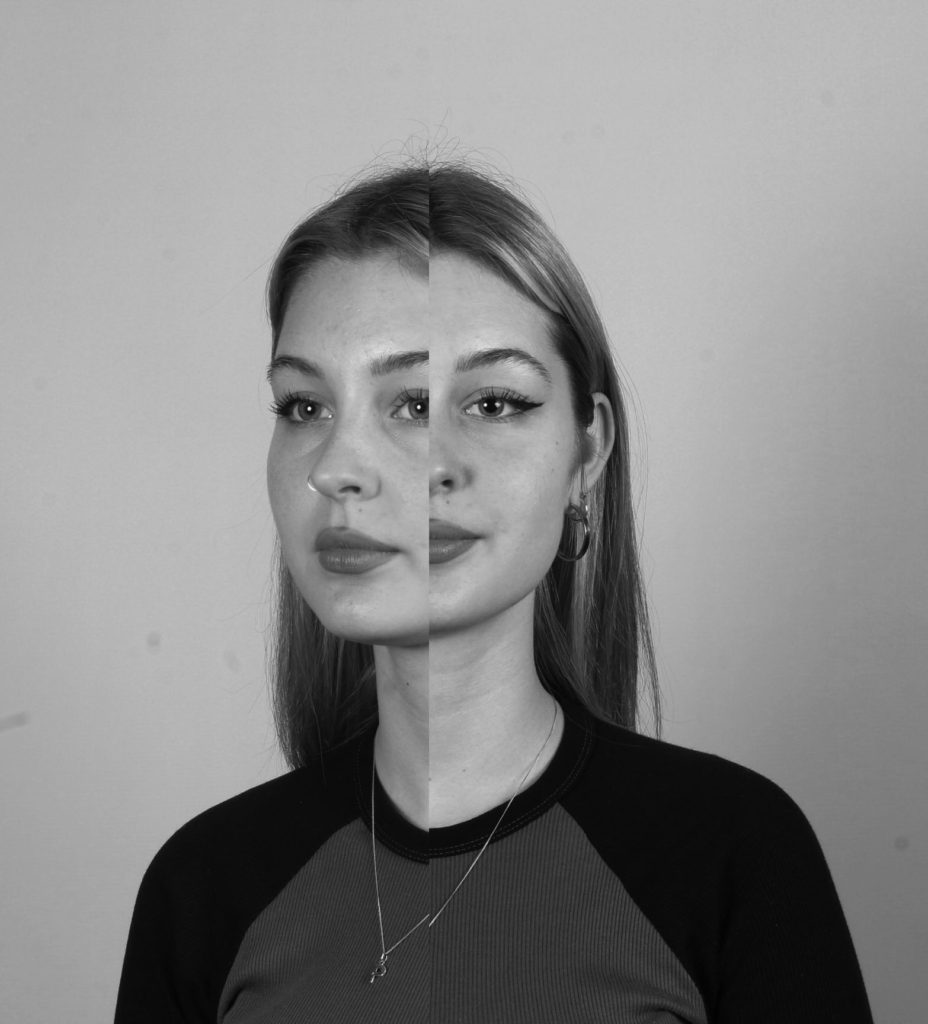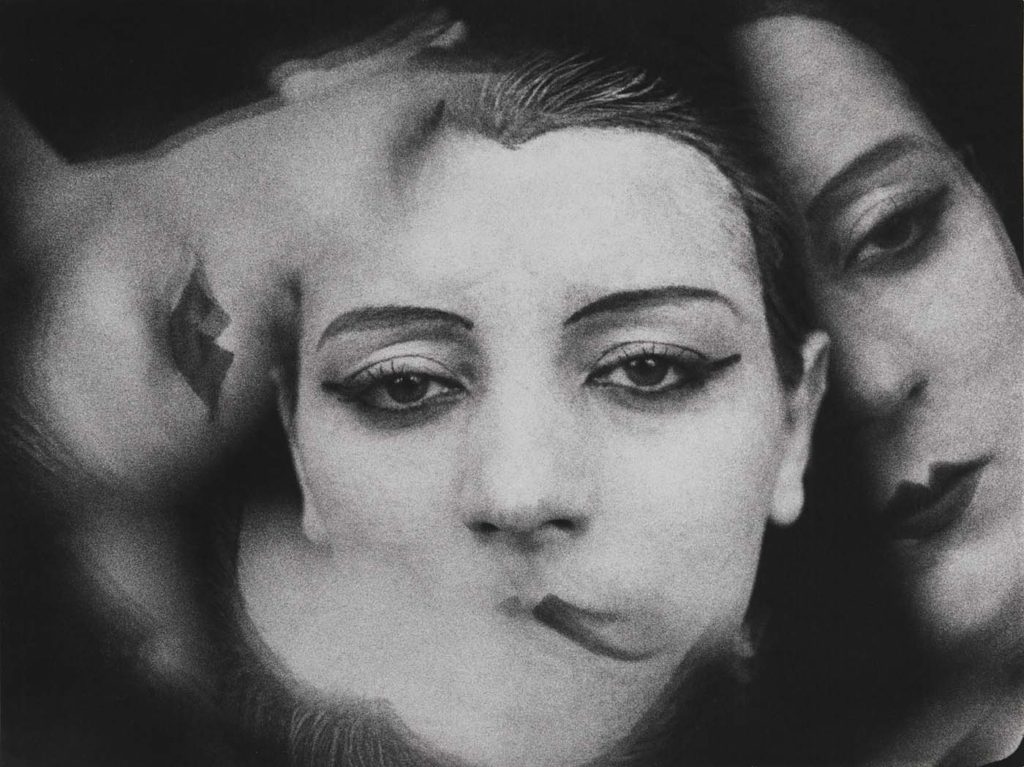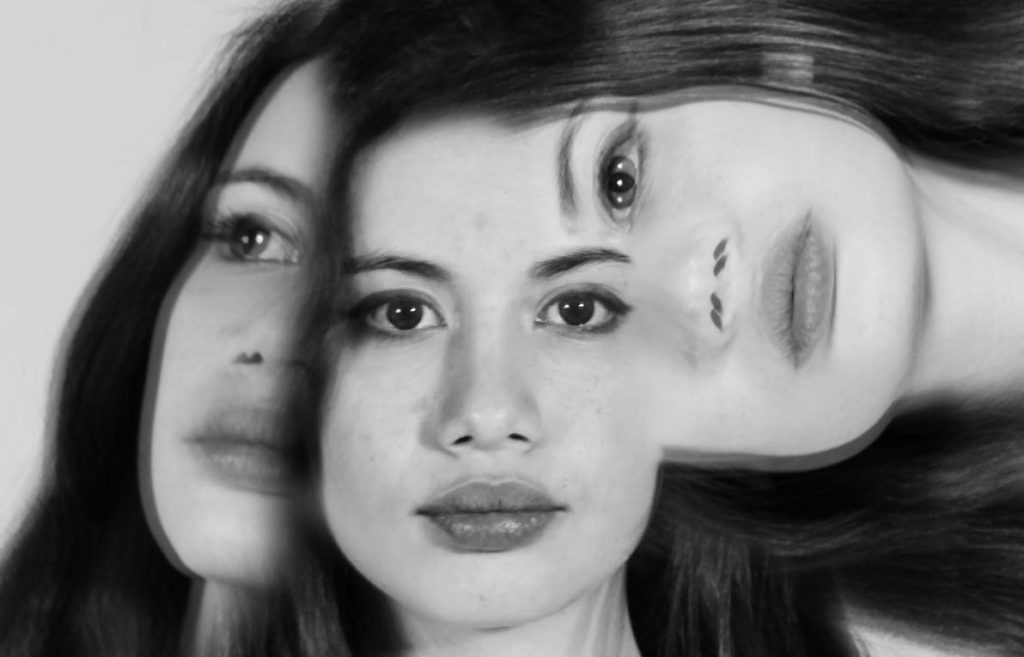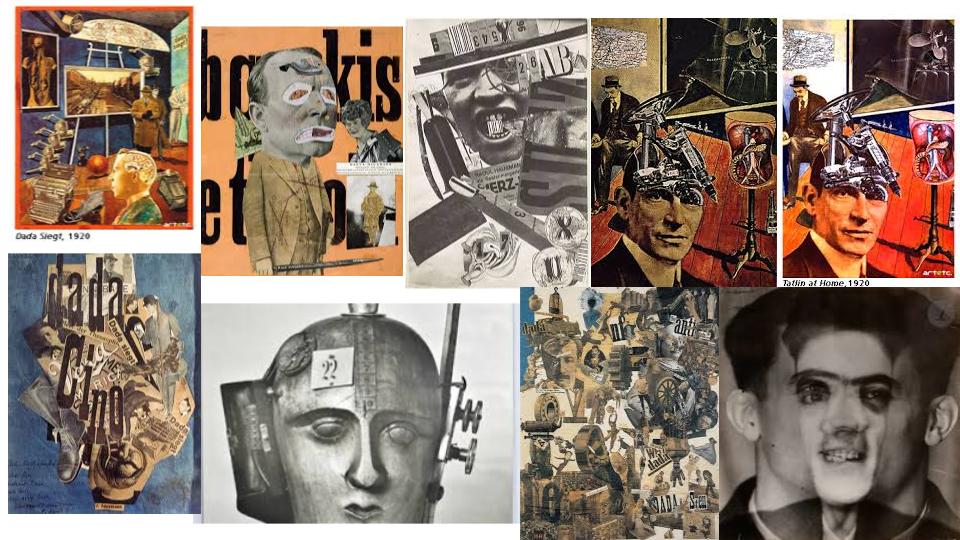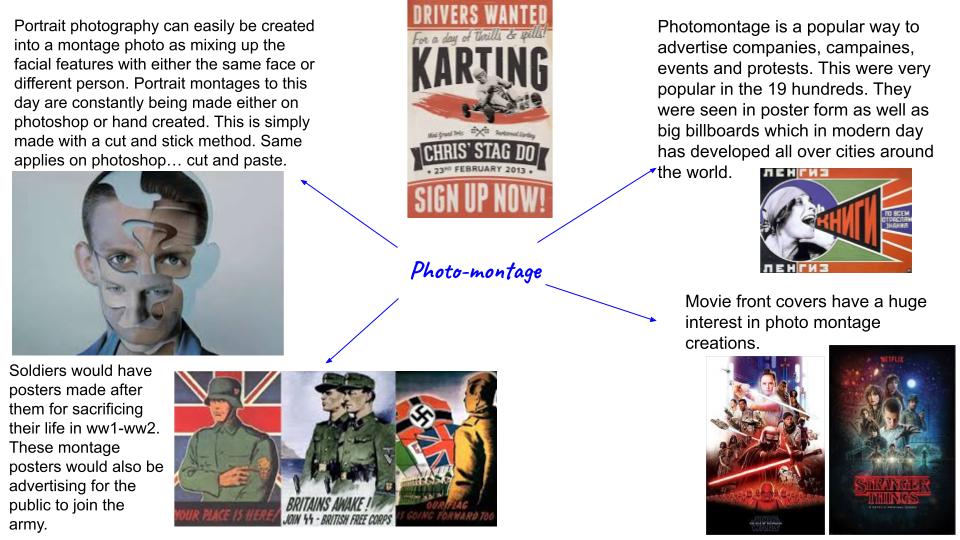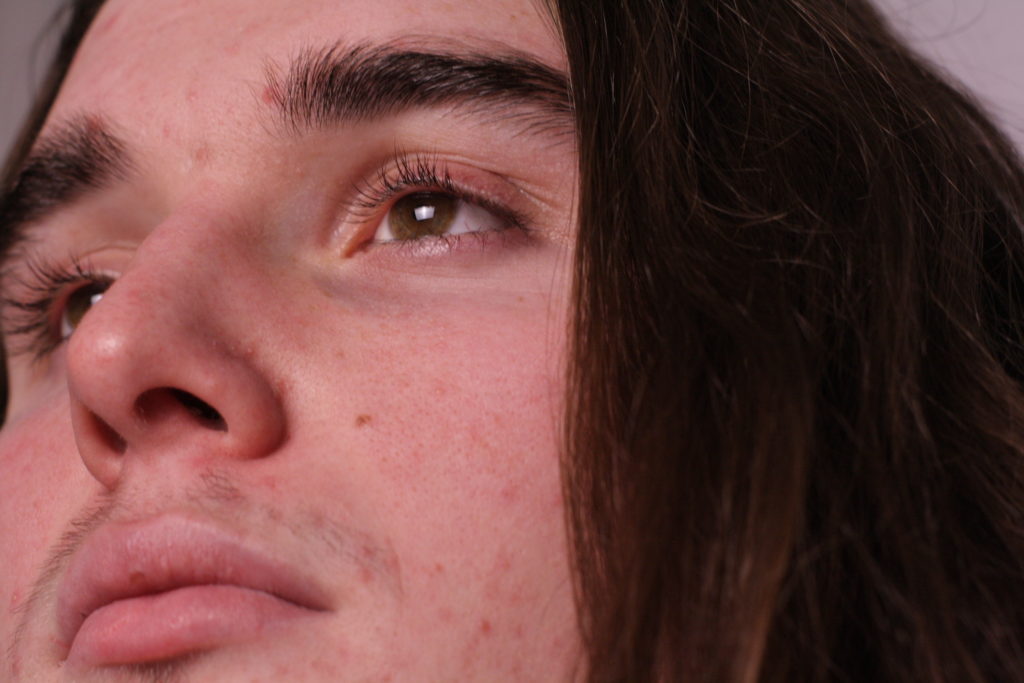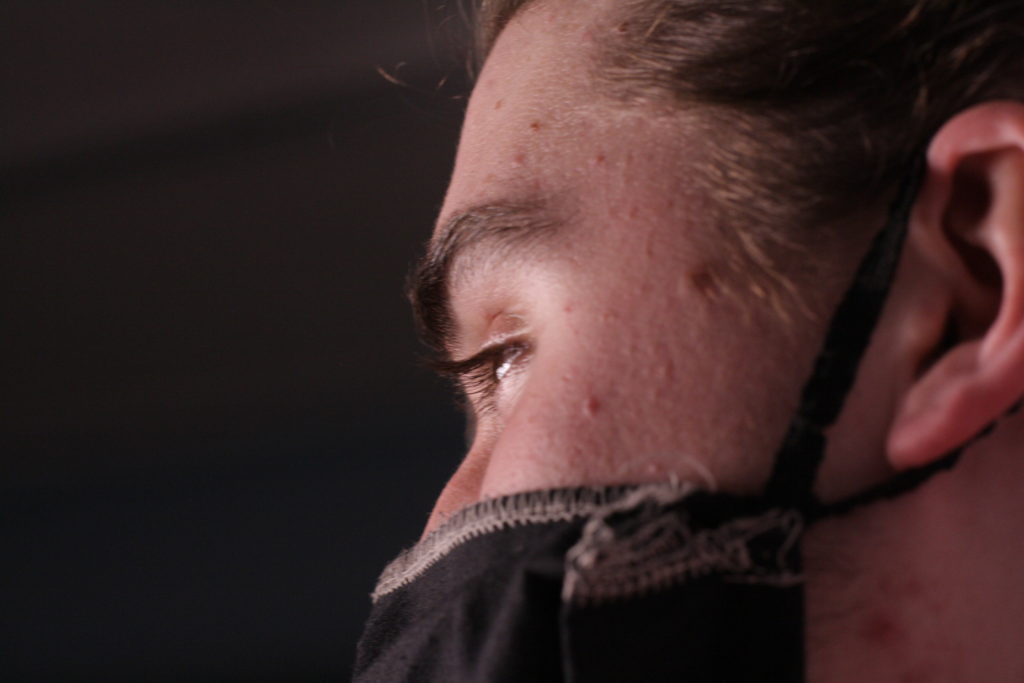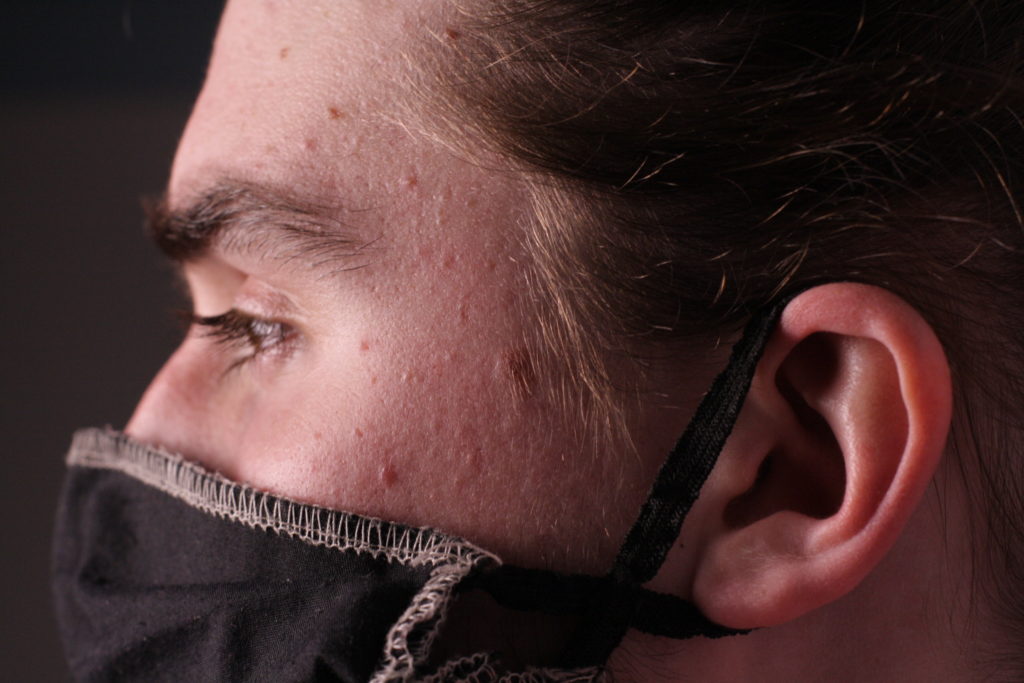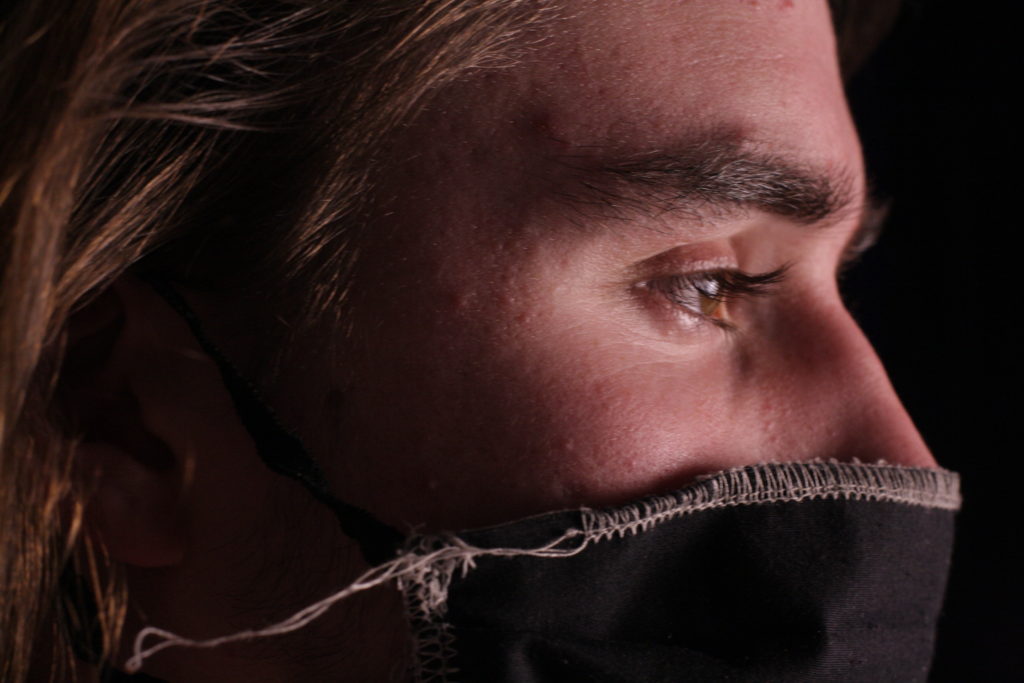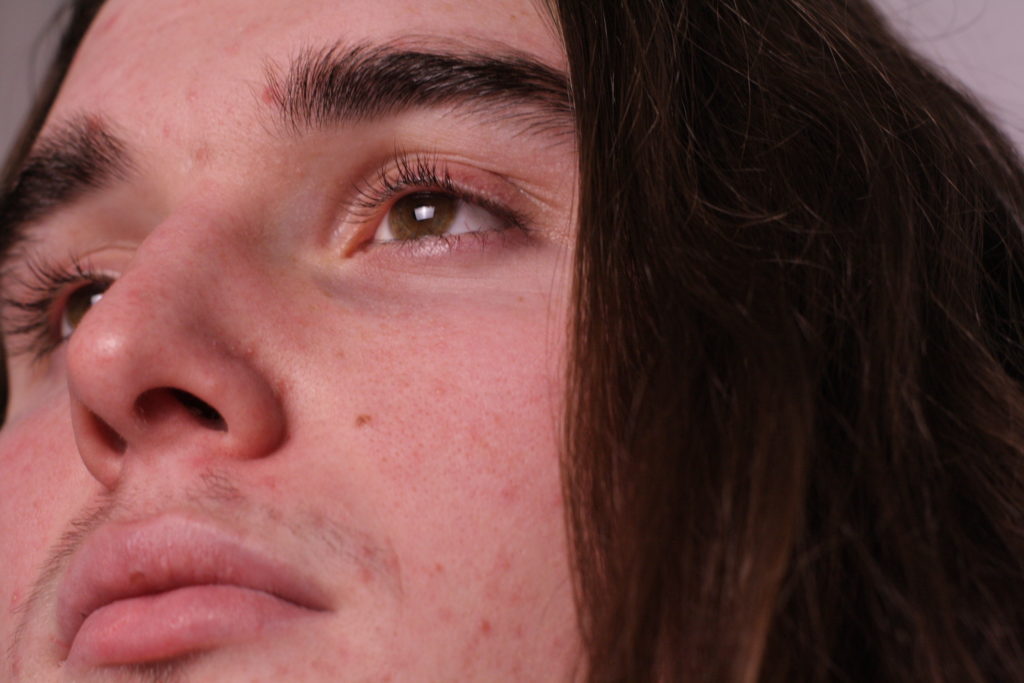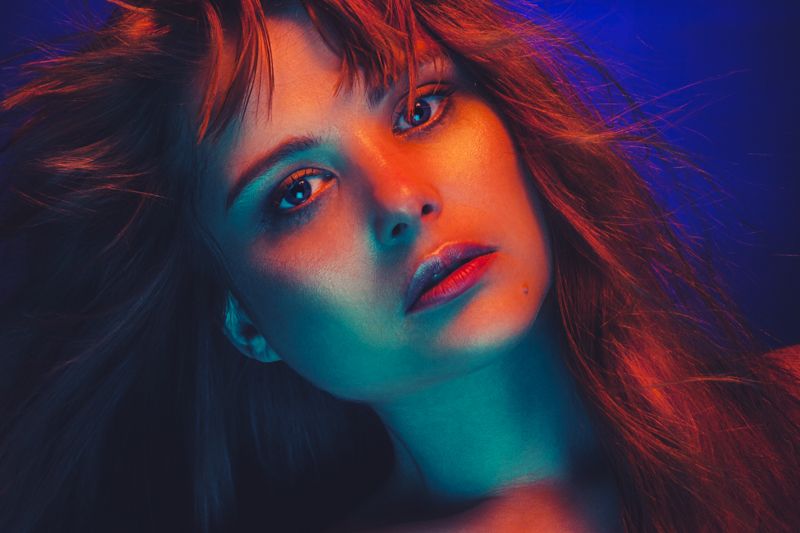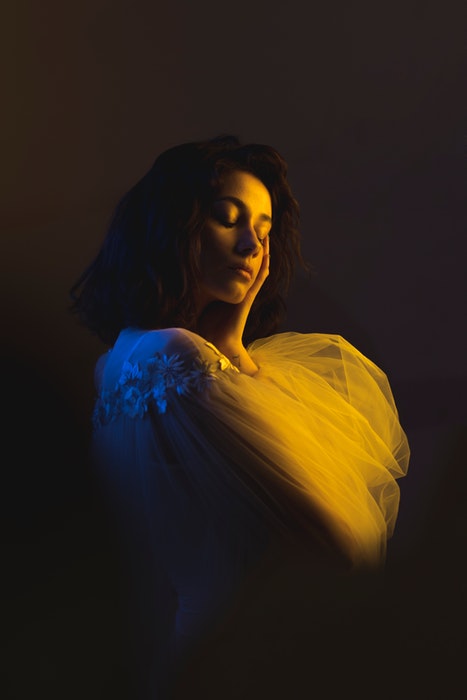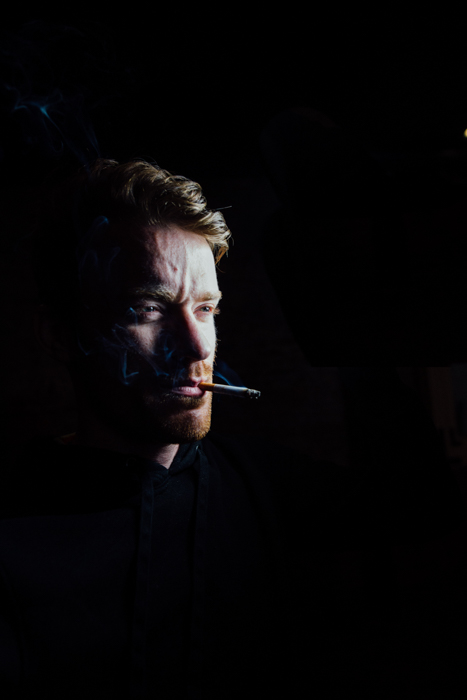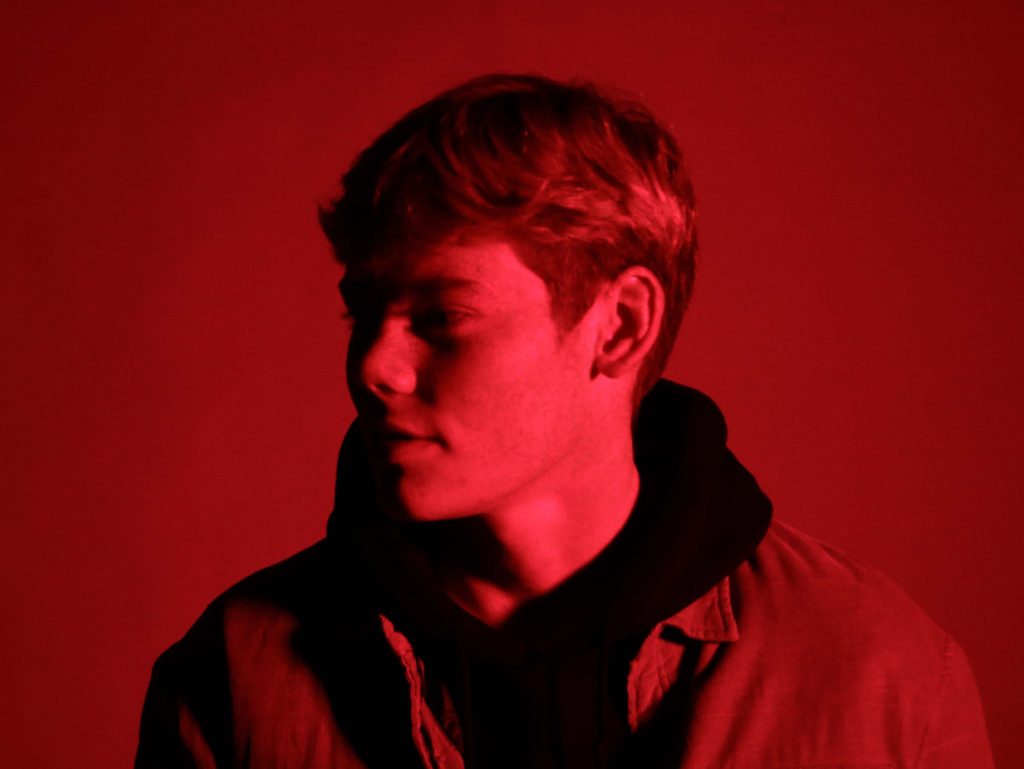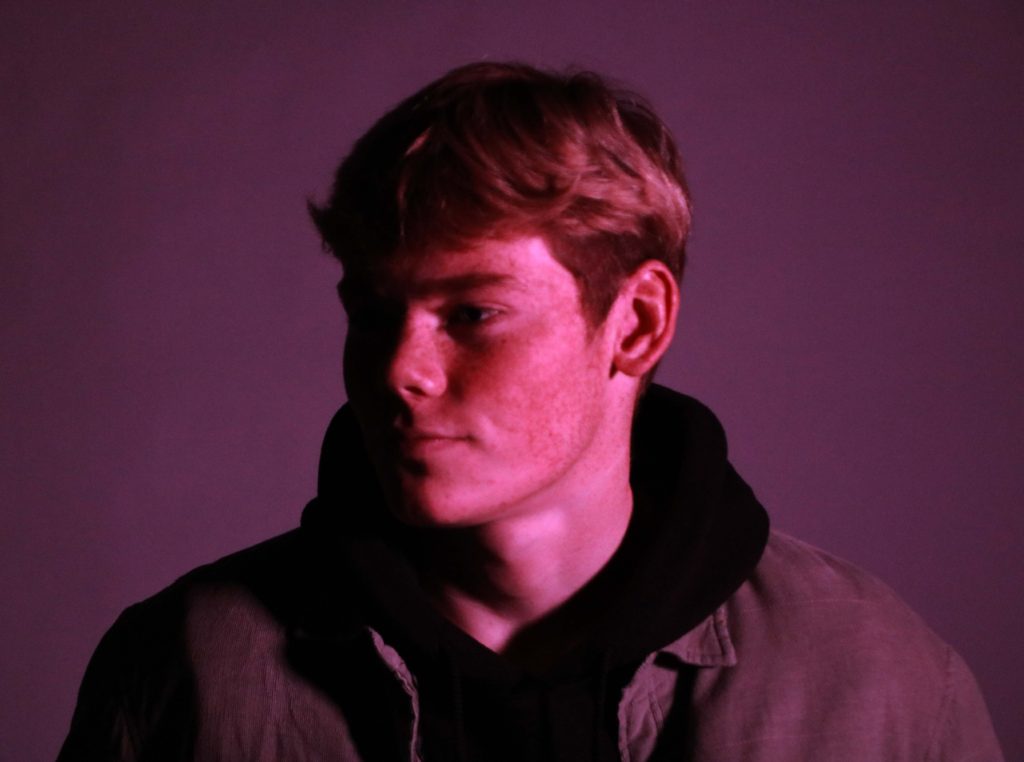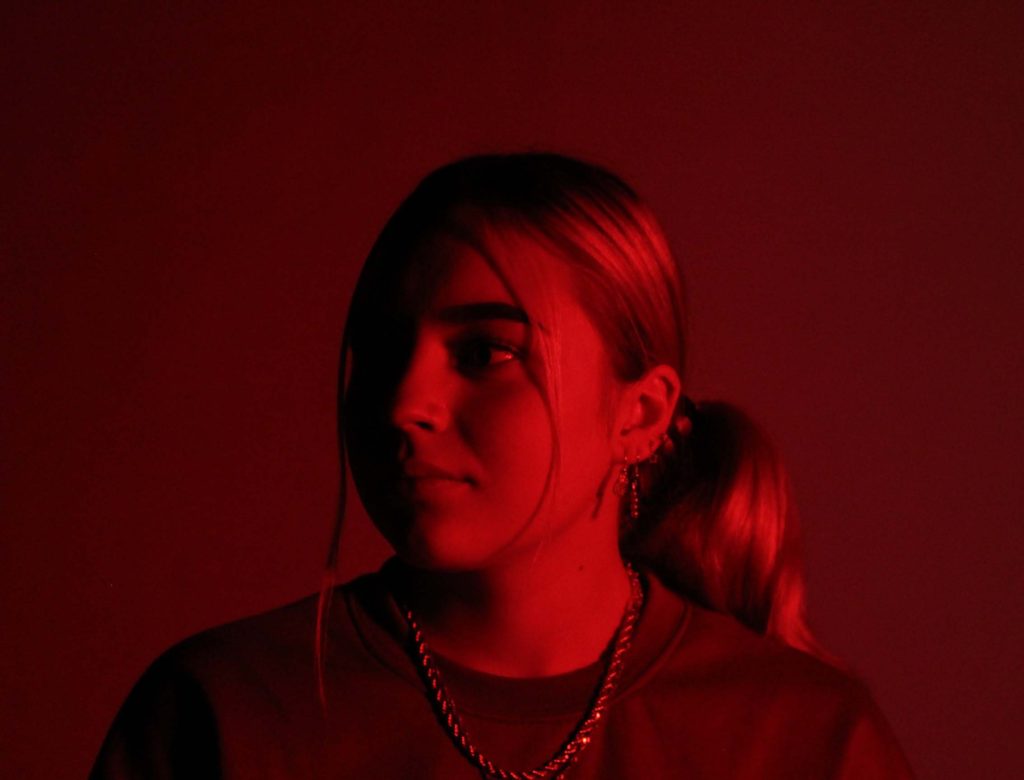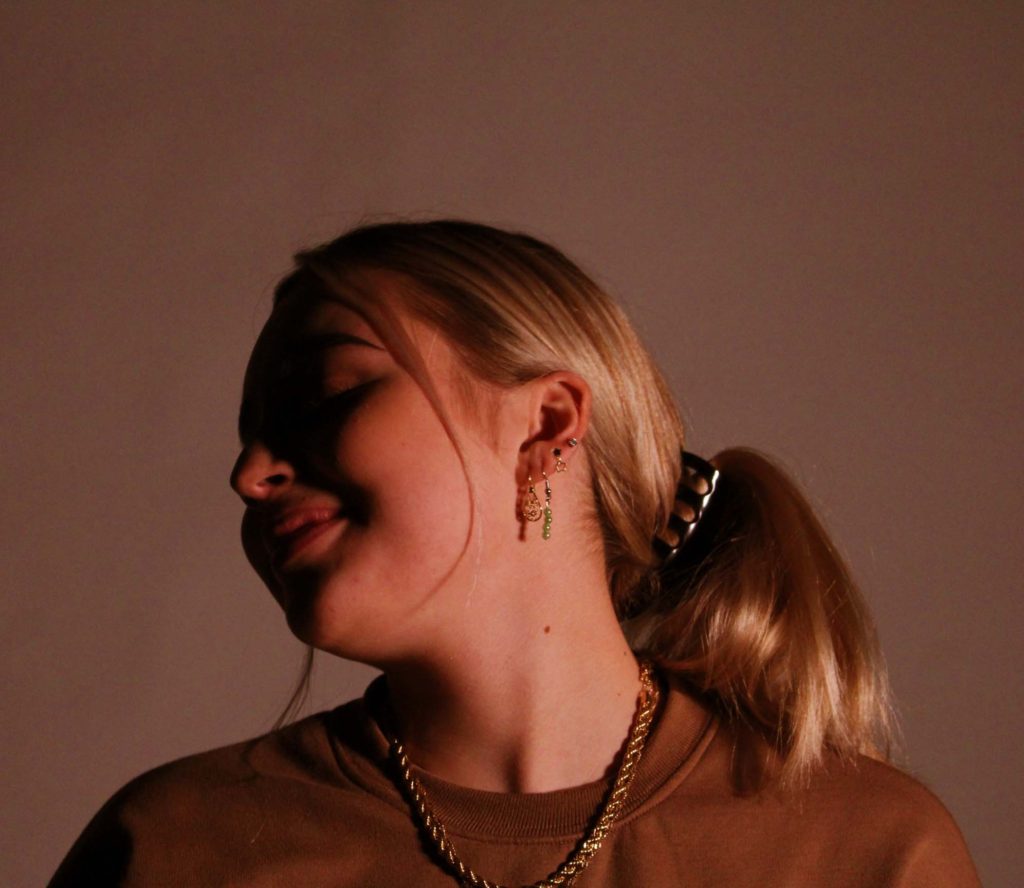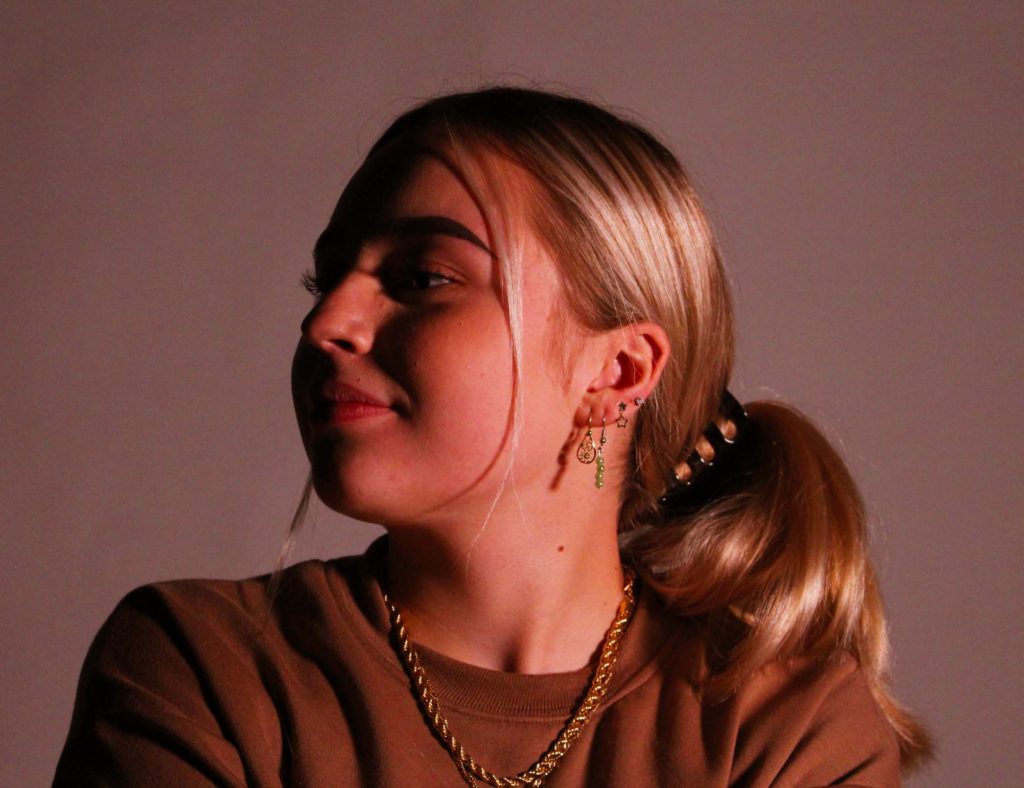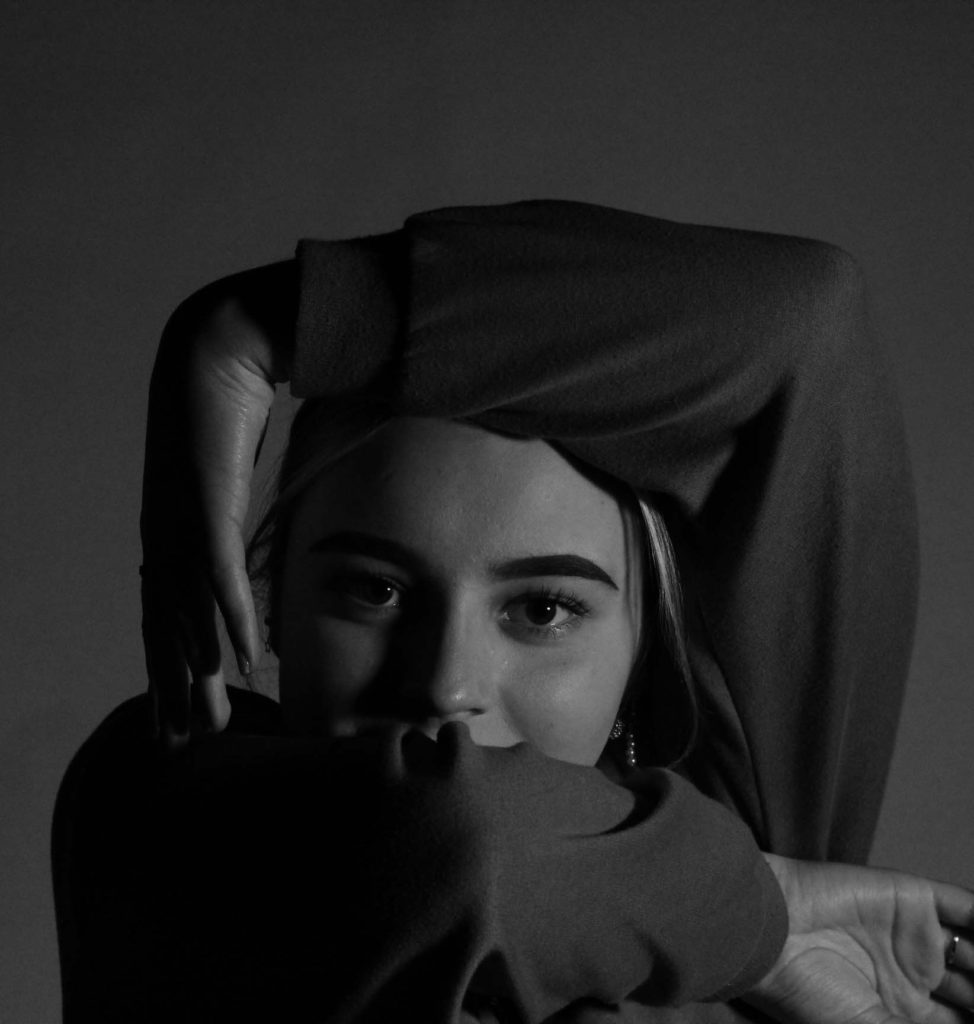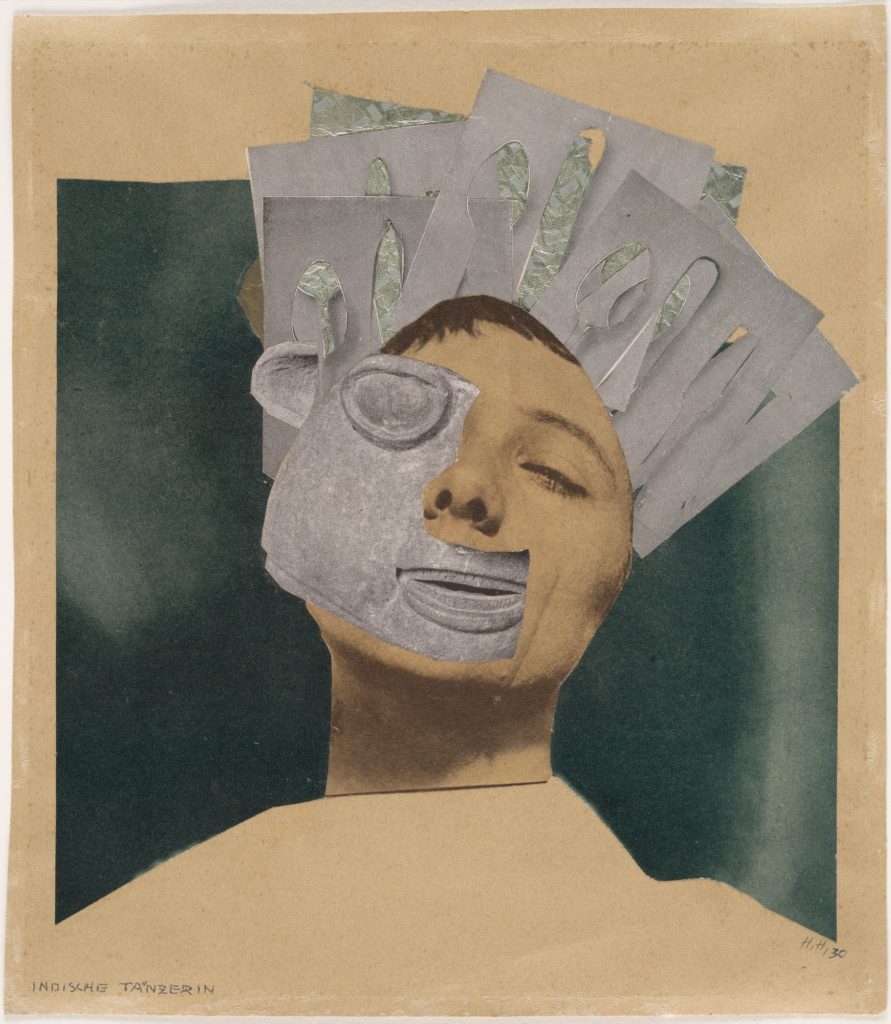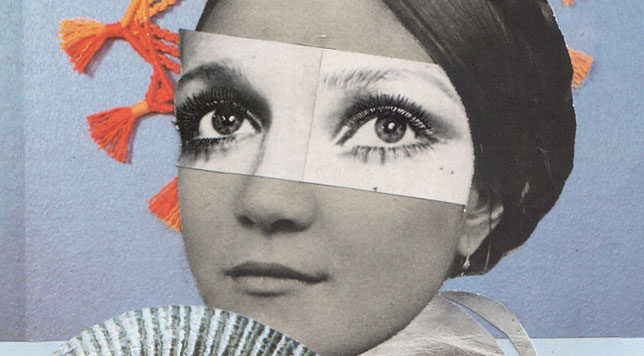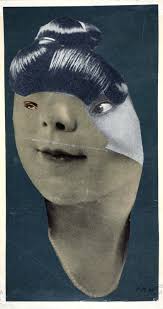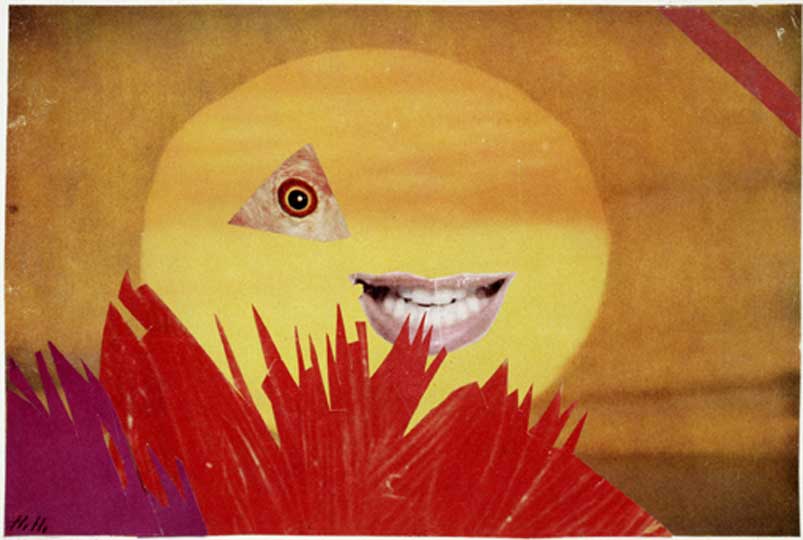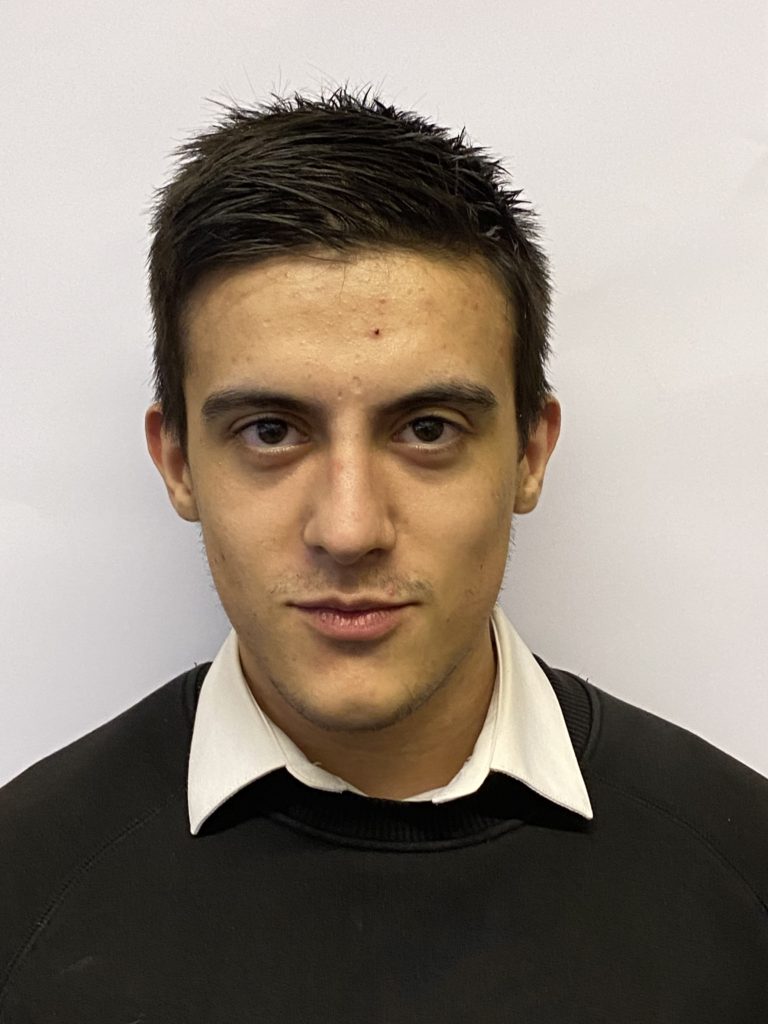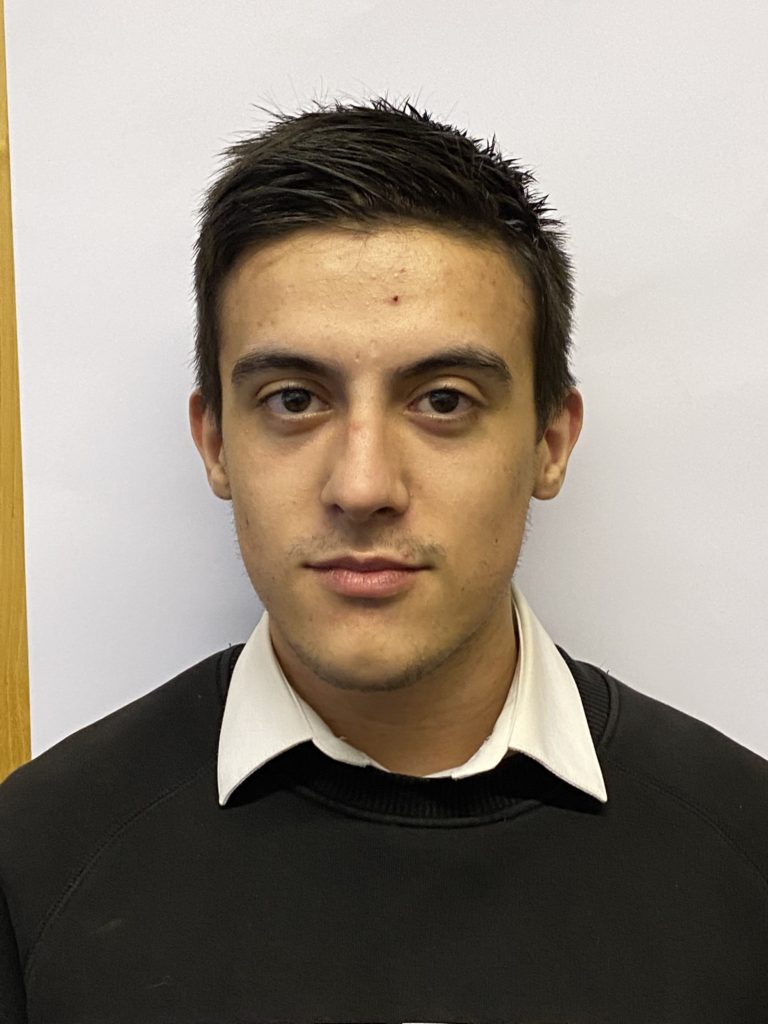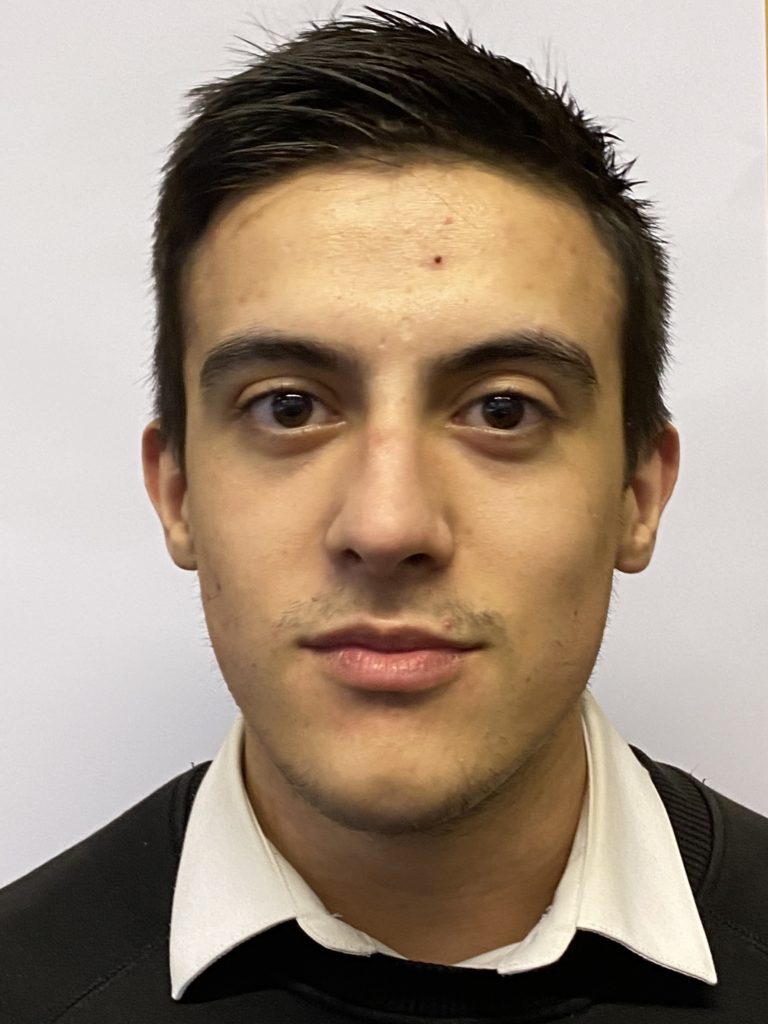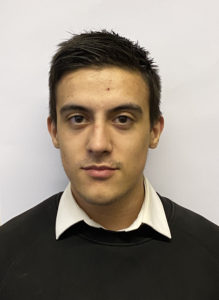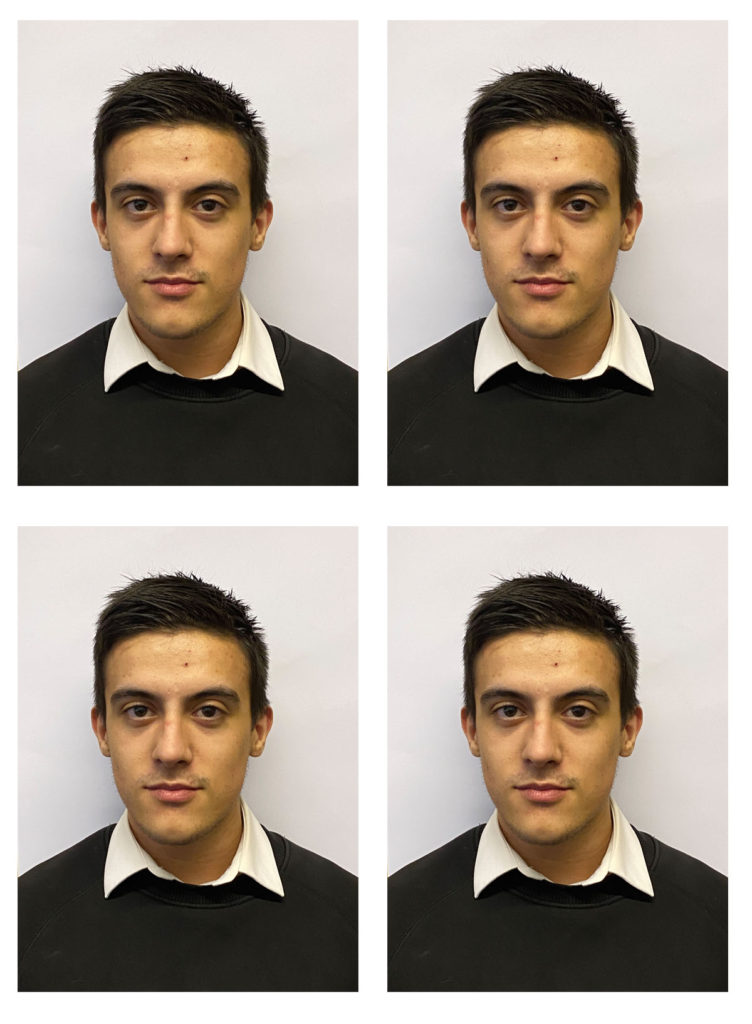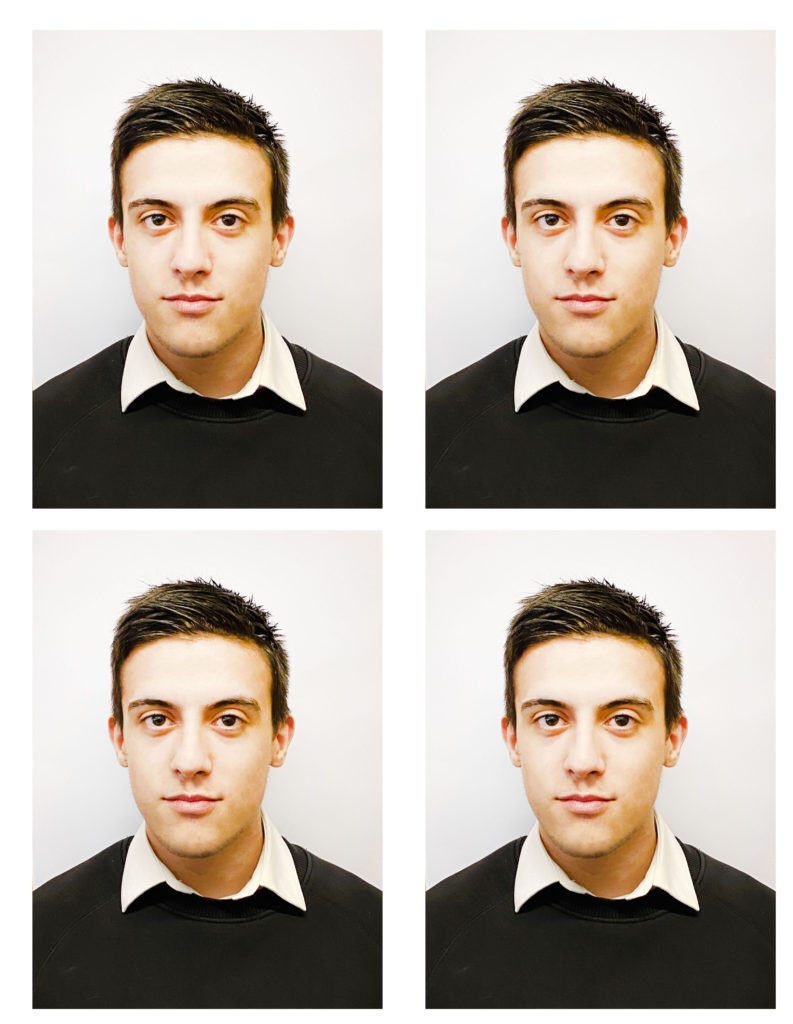Now that it’s over, what are my first thoughts about this overall project? Are they mostly positive or negative?
Now I have finished I feel my project went well, I was very happy with my final outcome images and felt they went the way I wanted / expected them to come out like. However, I do feel I could of gone a bit more into depth into my research on my artist and her style of work, although there was limited information on my photographer.
What were some of the most interesting discoveries I made while working on this project?
I found the physical editing of my images interesting and how cutting and destroying images can completely change the meaning of the image.
How did I come up with my final best images?
For my final images I just experimented and used my photographers images as inspiration to come up with the ideas I used for my final images.
What could I do differently from a personal standpoint the next time I work?
I think next time I should be more prepared and have more of an idea of what images I wanted to produce before my shoot as this could have made my images better.
How will I use what I have learned in the future?
What I have learnt from this project will be helpful to me in future exams as I know I need to be more prepared and maybe experiment more with lighting.



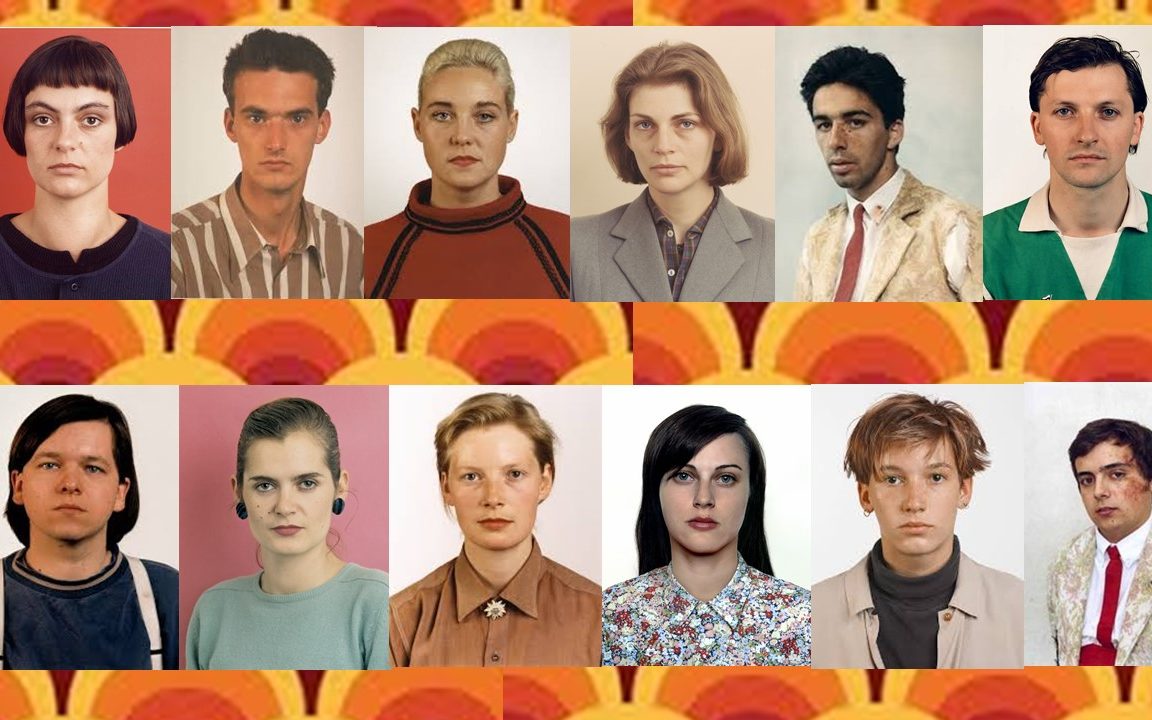
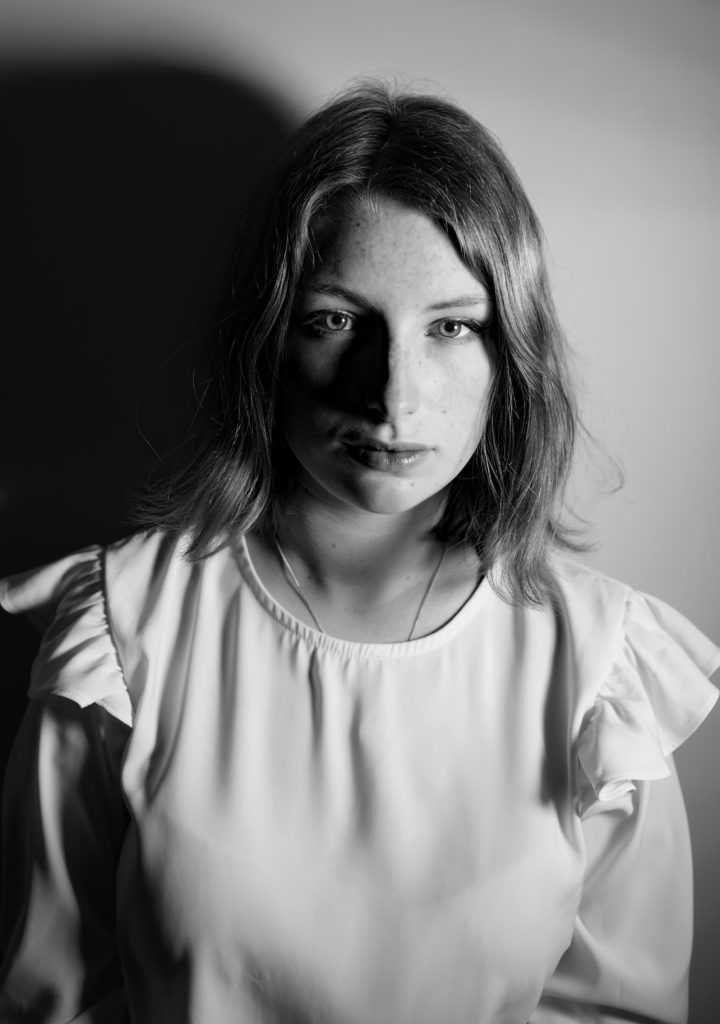

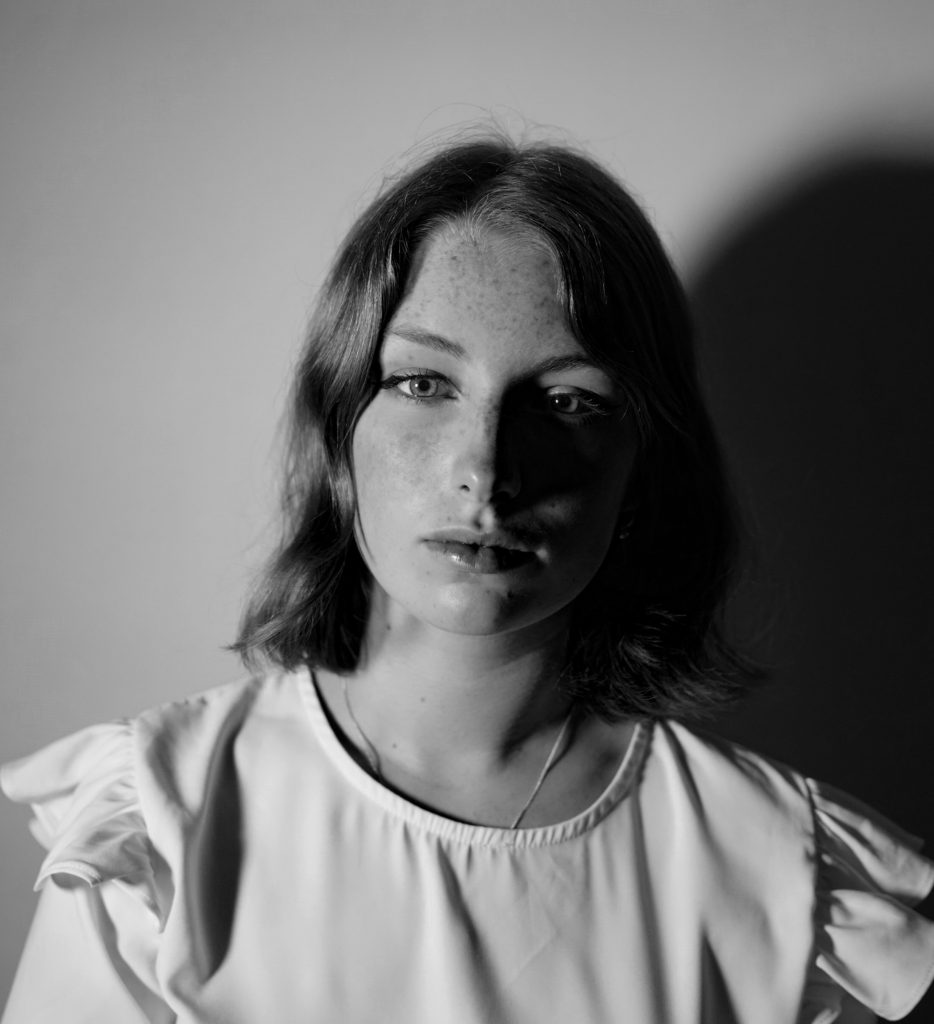

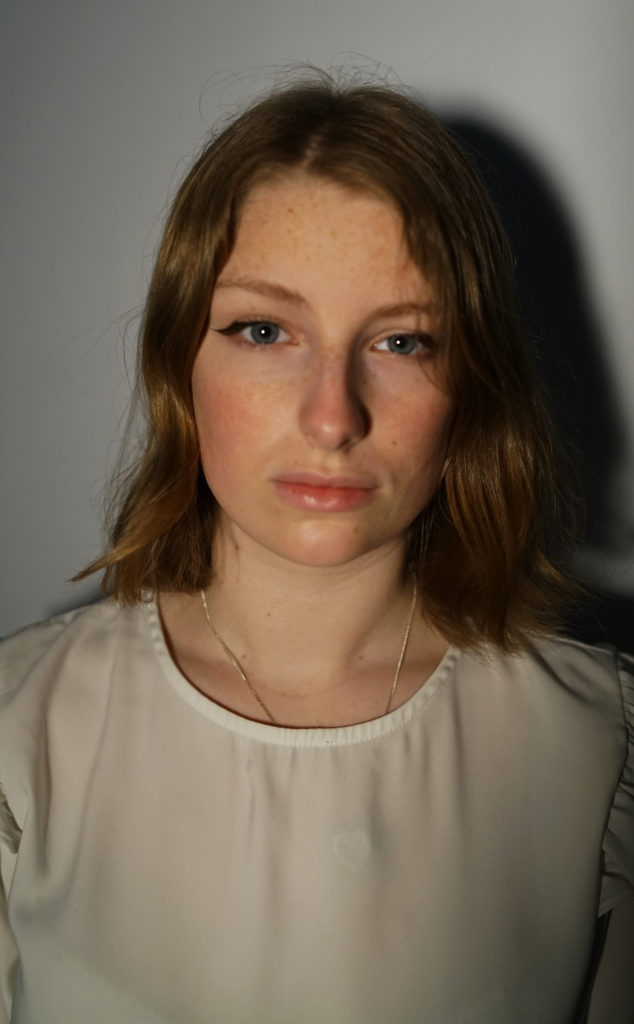
.jpg)
